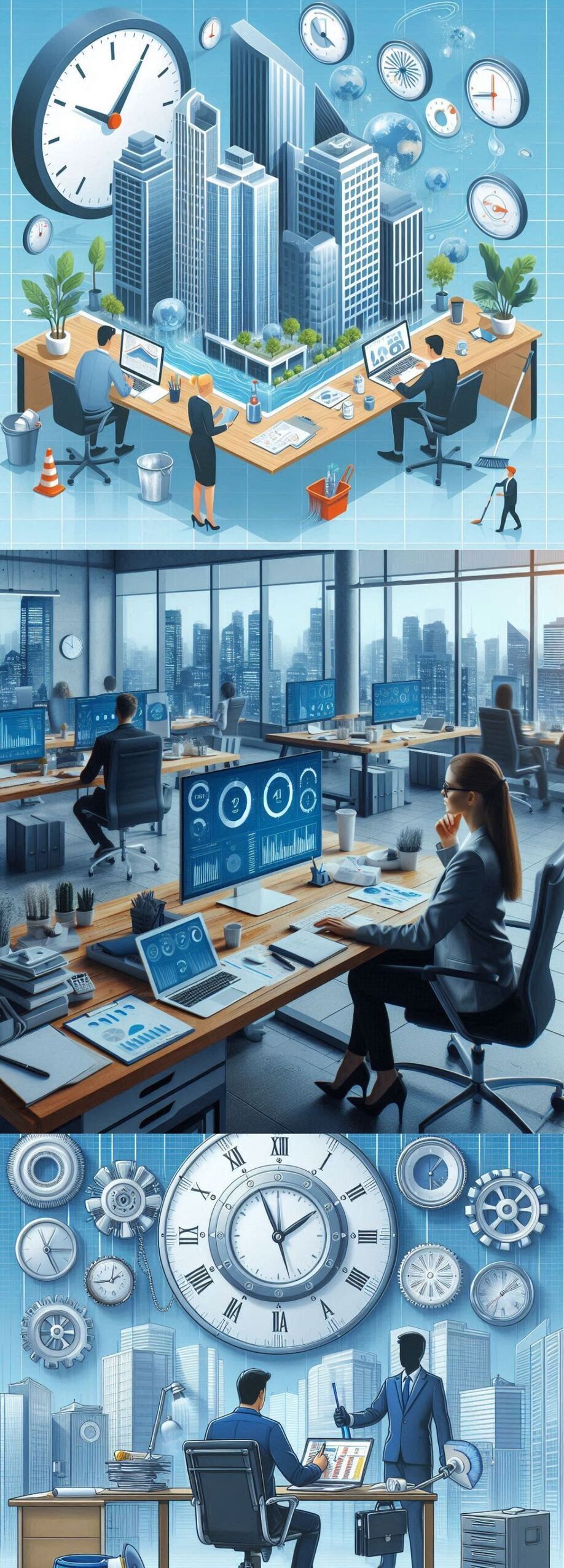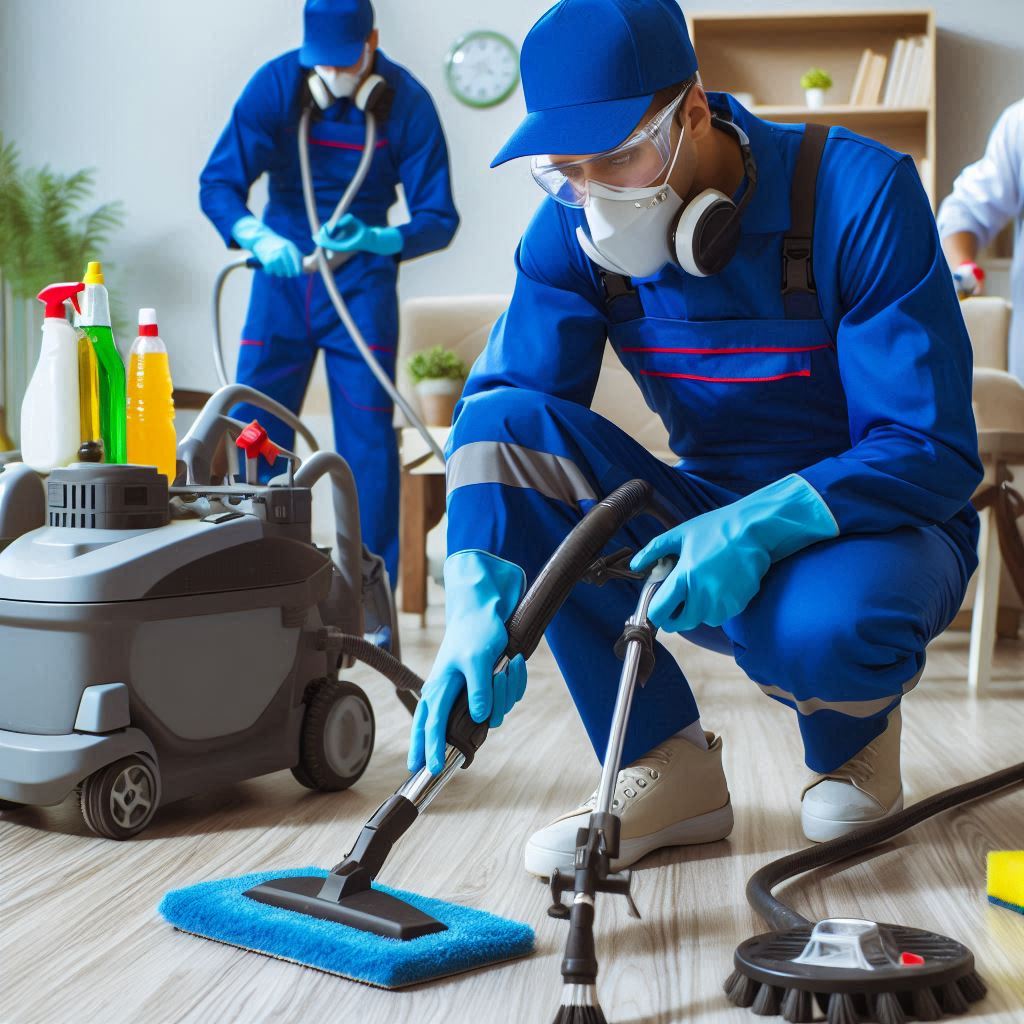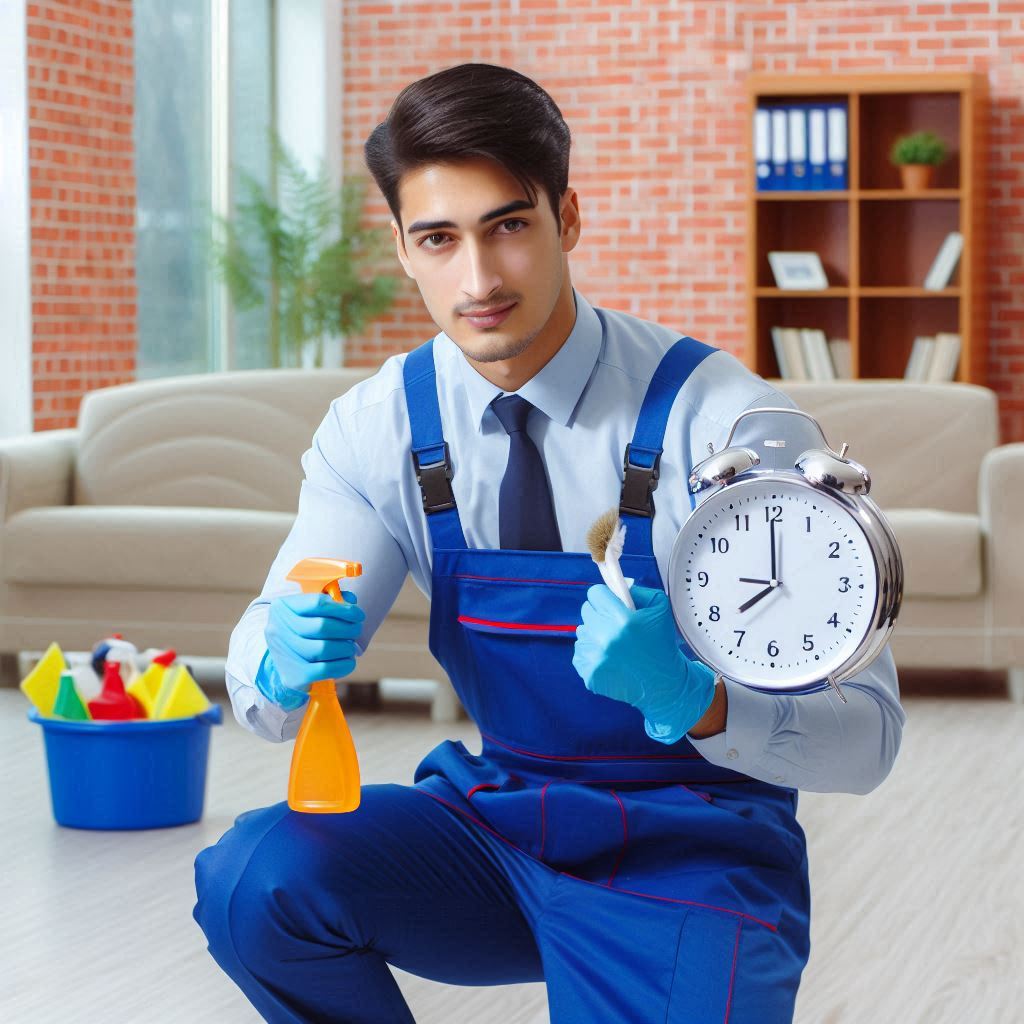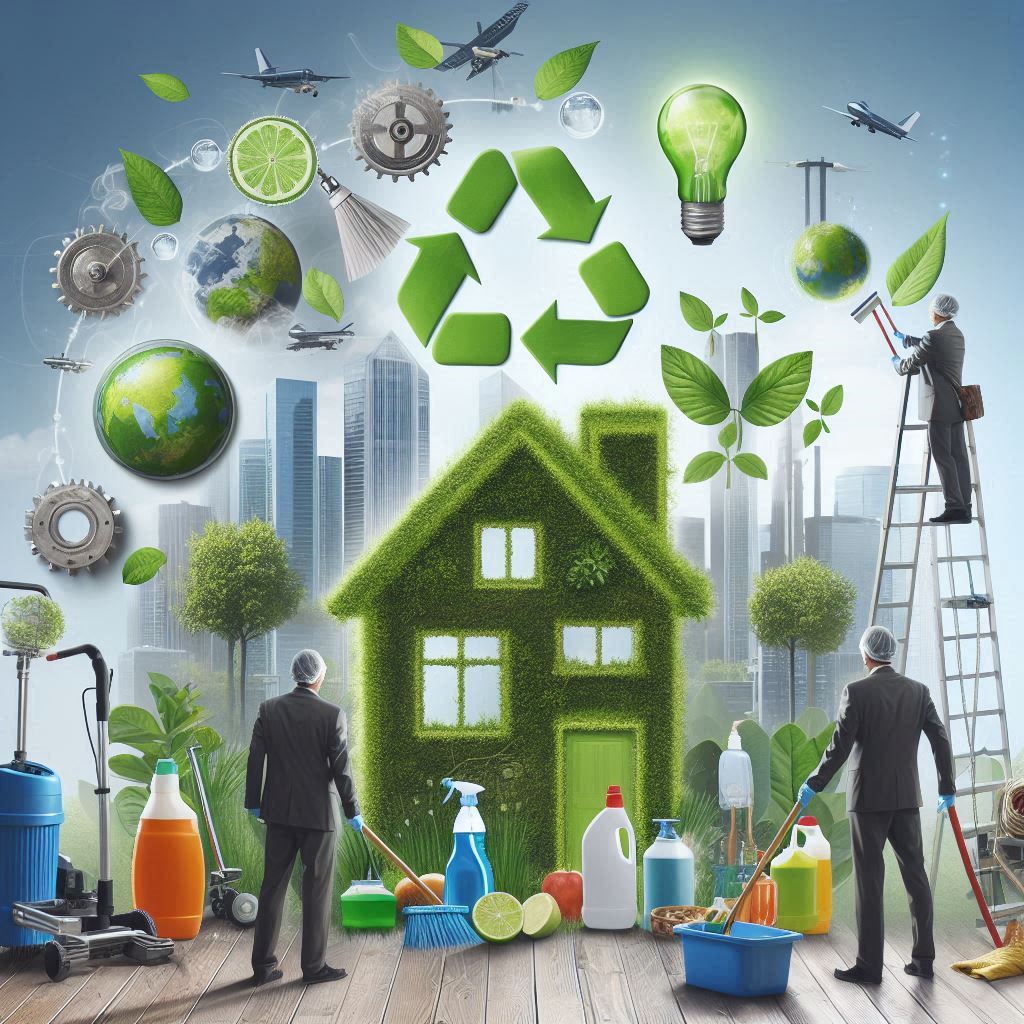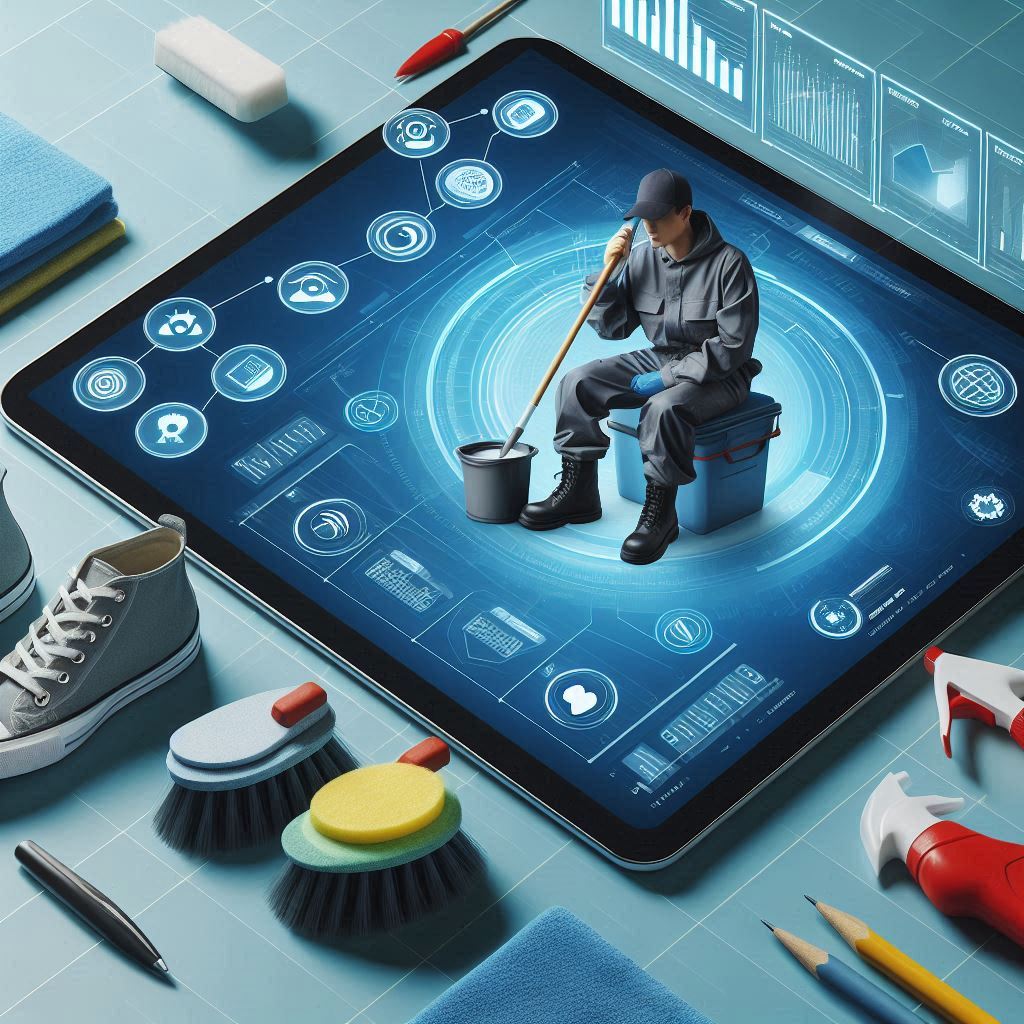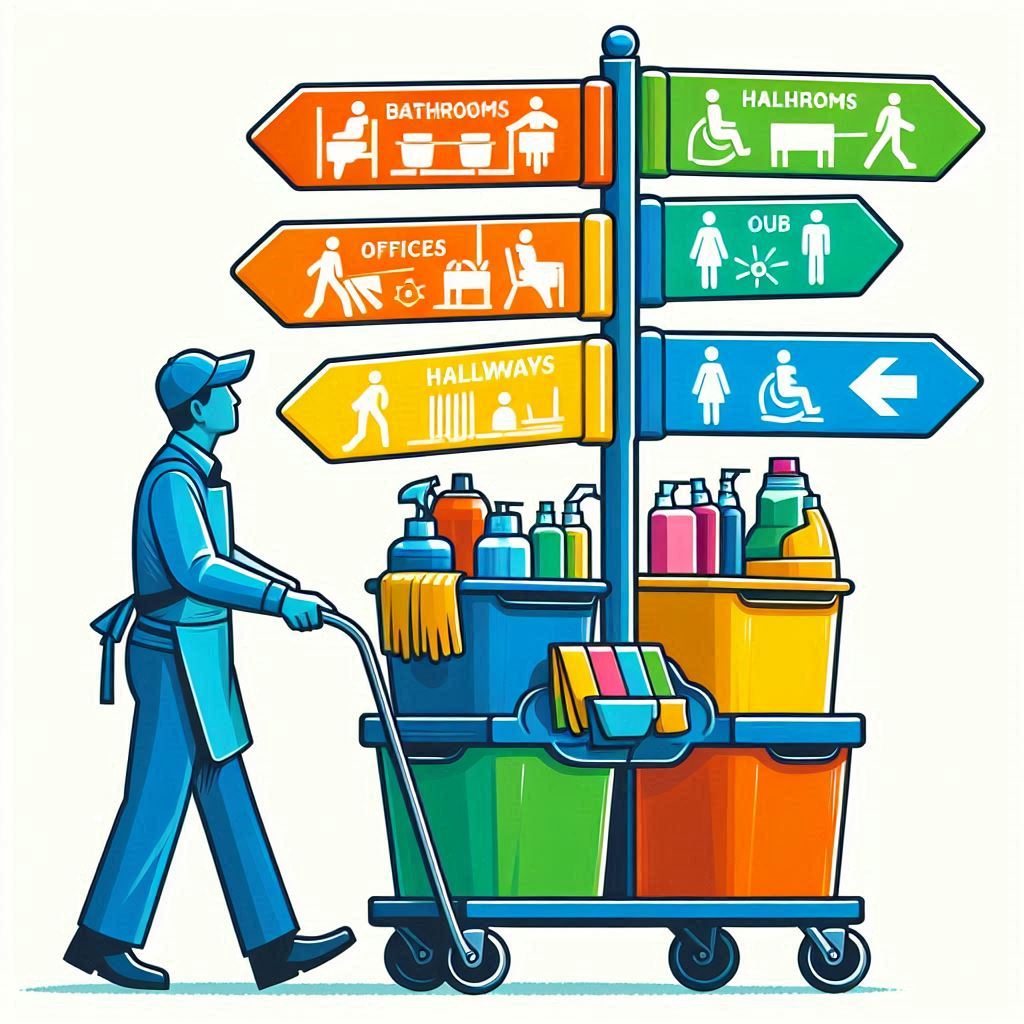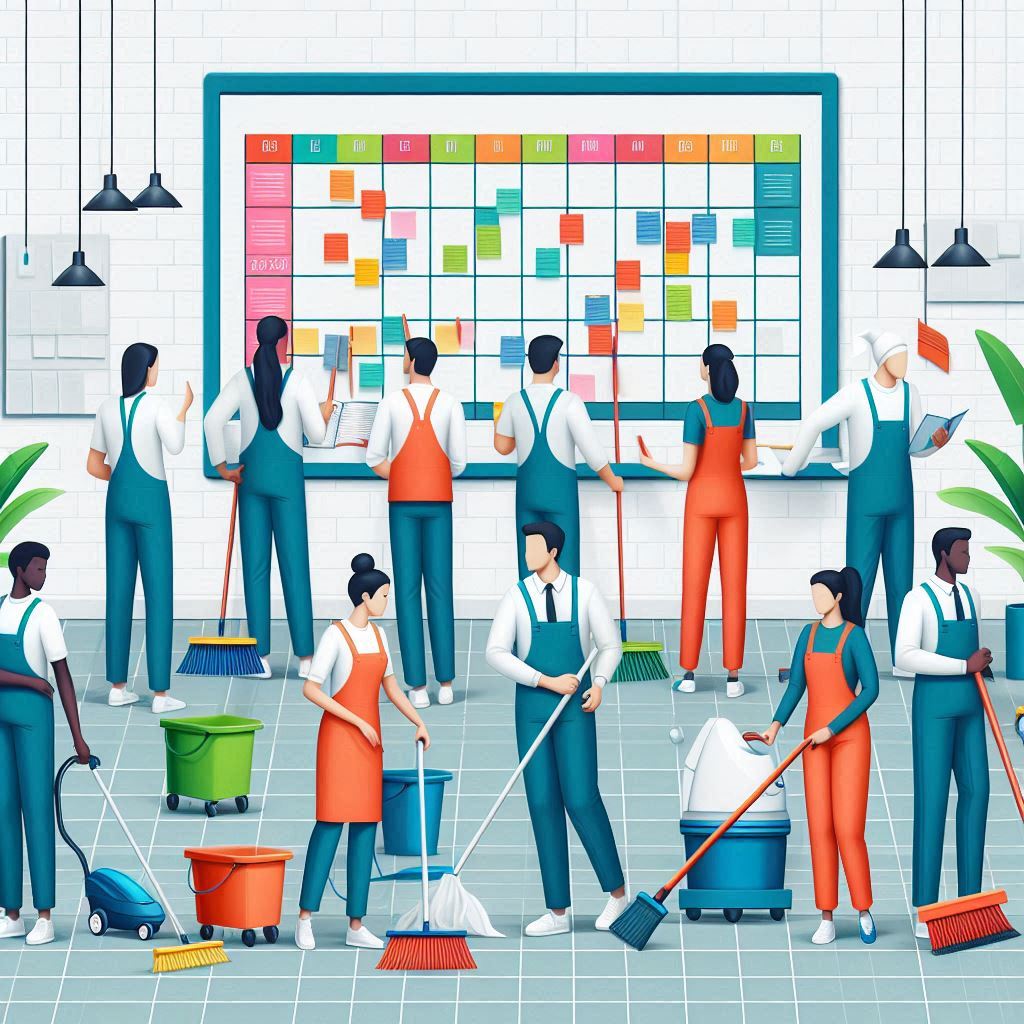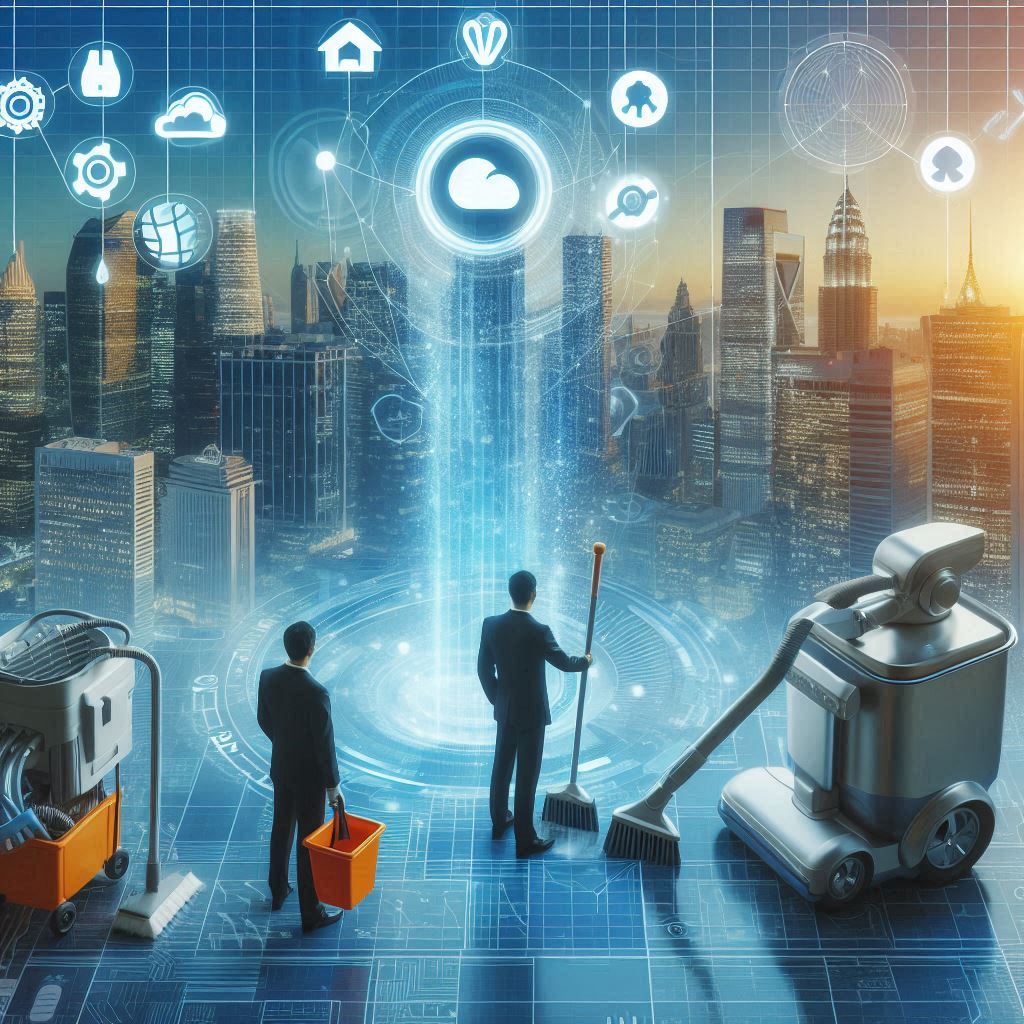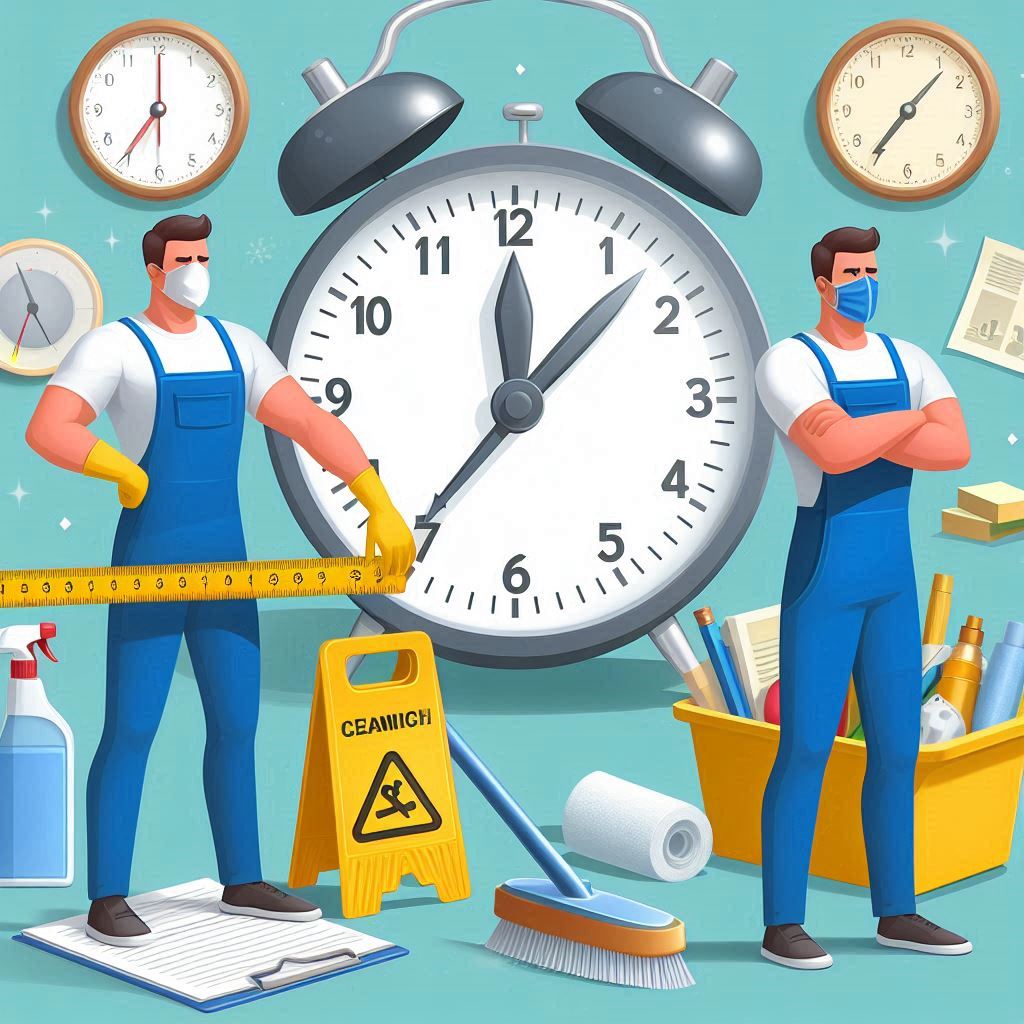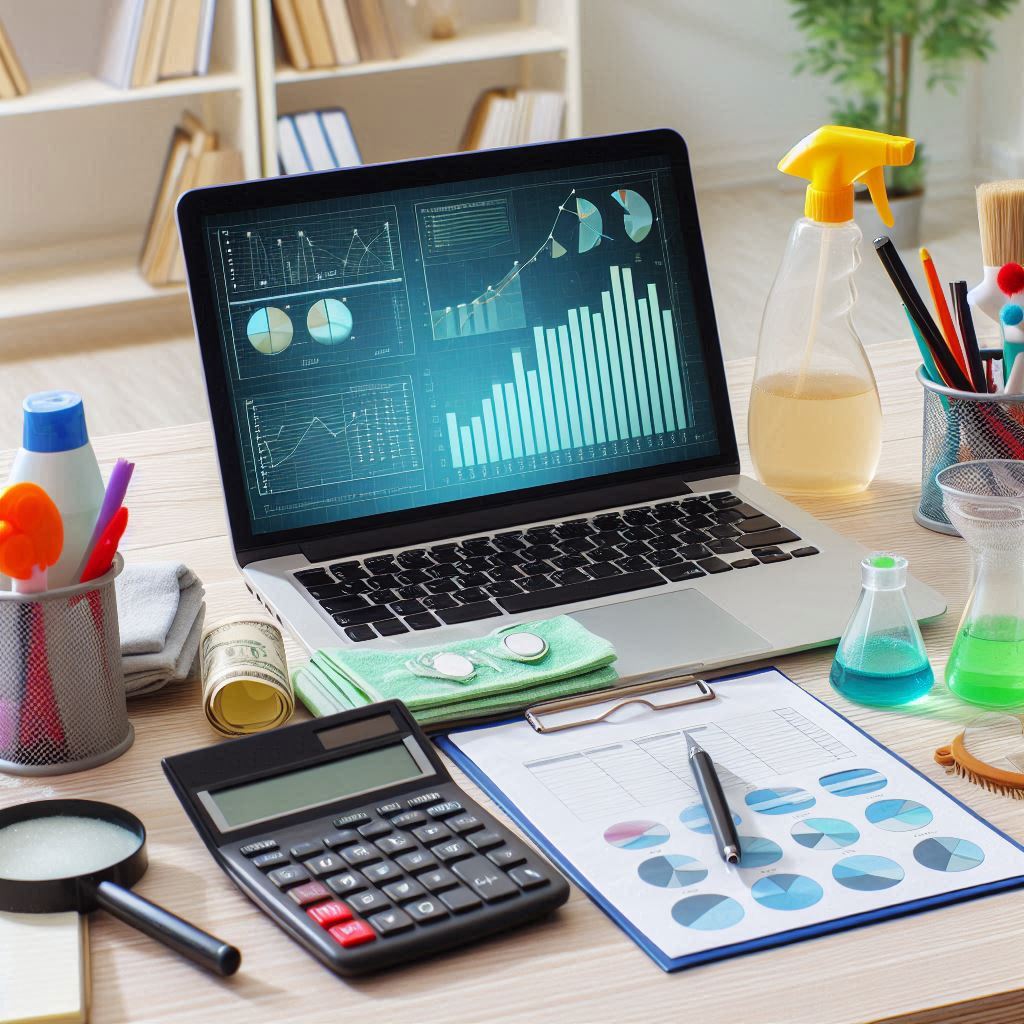Optimizing Office Cleaning Schedules for Maximum Efficiency in Auckland
Efficient Office Cleaning Schedules: Strategies for Peak Performance in Auckland
Creating a customized cleaning plan: When it comes to optimizing office cleaning schedules in Auckland, one size does not fit all. Each office space has its own unique layout, traffic patterns, and cleanliness requirements. By creating a customized cleaning plan tailored to the specific needs of your office, you can ensure that cleaning tasks are completed efficiently and effectively.
Implementing a task-based approach: One effective strategy for maximizing efficiency in office cleaning schedules is to implement a task-based approach. Instead of assigning specific areas or rooms to be cleaned on certain days, focus on completing tasks such as vacuuming, dusting, and emptying trash bins throughout the entire office space each day. This approach allows for greater flexibility and ensures that no area is overlooked.
Utilizing technology for scheduling and monitoring: In today's fast-paced world, technology can be a valuable tool for optimizing office cleaning schedules. By using scheduling software or apps to track tasks, assign responsibilities, and monitor progress, you can streamline the cleaning process and ensure that all tasks are completed on time. Additionally, utilizing sensors or smart devices to monitor cleanliness levels can help identify high-traffic areas that require more frequent cleaning.
Encouraging employee participation: Another key strategy for peak performance in office cleaning schedules is to encourage employee participation in maintaining cleanliness. By promoting good habits such as tidying up workspaces, properly disposing of trash, and reporting any maintenance issues promptly, employees can help contribute to a cleaner and healthier work environment. Providing training on proper cleaning procedures can also empower employees to take ownership of their workspace.
